Omicron, Moon missions and particle physics are among the themes set to shape research in the coming year.
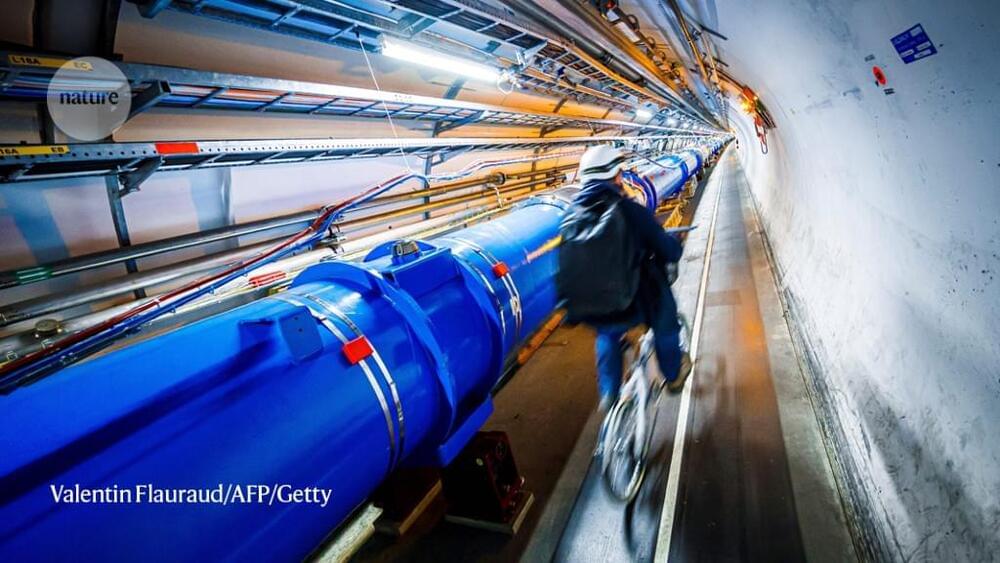

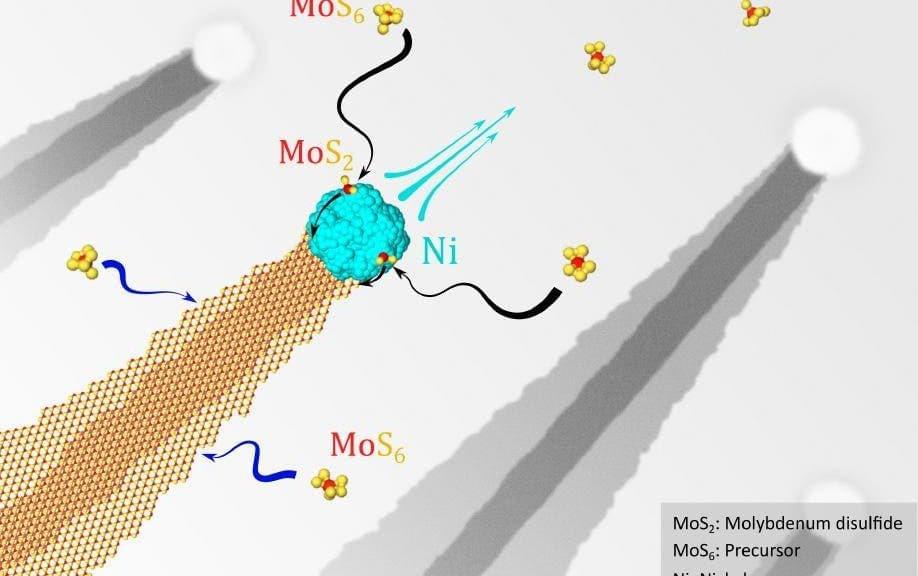
Honda Research Institute USA (HRI-US) is doing some pretty interesting things in the field of quantum electronics. Scientists from HRI-US were able to successfully synthesize atomically thin nanoribbons. HRI noted that these are materials with atomic-scale thickness and a ribbon shape. These nanoribbons have broad implications for the future of quantum electronics, which is an area of physics that focuses on the effects of quantum mechanics on the behavior of electrons in matter.
According to the press release, “HRI-US’s synthesis of an ultra-narrow two-dimensional material built of a single or double layer of atoms demonstrated the ability to control the width of these two-dimensional materials to sub-10 nanometer (10-9 meter) that results in quantum transport behavior at much higher temperatures compared to those grown using current methods.”
The scientists along with collaborations from both Columbia University and Rice University as well as Oak Ridge National Laboratory co-authored a new paper on this topic and published it in Science Advances.
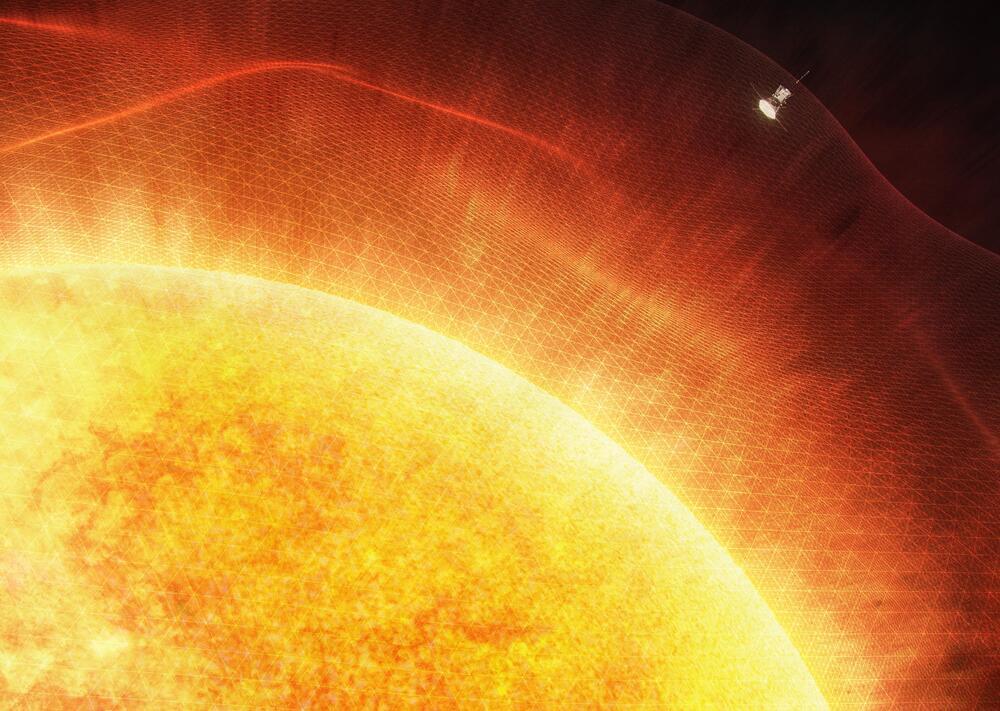

Abstract: A central goal of condensed-matter physics is to understand how the diverse electronic and optical properties of crystalline materials emerge from the wavelike motion of electrons through periodically arranged atoms. However, more than 90 years after Bloch derived the functional forms of electronic waves in crystals [1] (now known as Bloch wavefunctions), rapid scattering processes have so far prevented their direct experimental reconstruction. In high-order sideband generation [2–9], electrons and holes generated in semiconductors by a near-infrared laser are accelerated to a high kinetic energy by a strong terahertz field, and recollide to emit near-infrared sidebands before they are scattered. Here we reconstruct the Bloch wavefunctions of two types of hole in gallium arsenide at wavelengths much longer than the spacing between atoms by experimentally measuring sideband polarizations and introducing an elegant theory that ties those polarizations to quantum interference between different recollision pathways. These Bloch wavefunctions are compactly visualized on the surface of a sphere. High-order sideband generation can, in principle, be observed from any direct-gap semiconductor or insulator. We thus expect that the method introduced here can be used to reconstruct low-energy Bloch wavefunctions in many of these materials, enabling important insights into the origin and engineering of the electronic and optical properties of condensed matter.
From: Joseph Costello [view email].
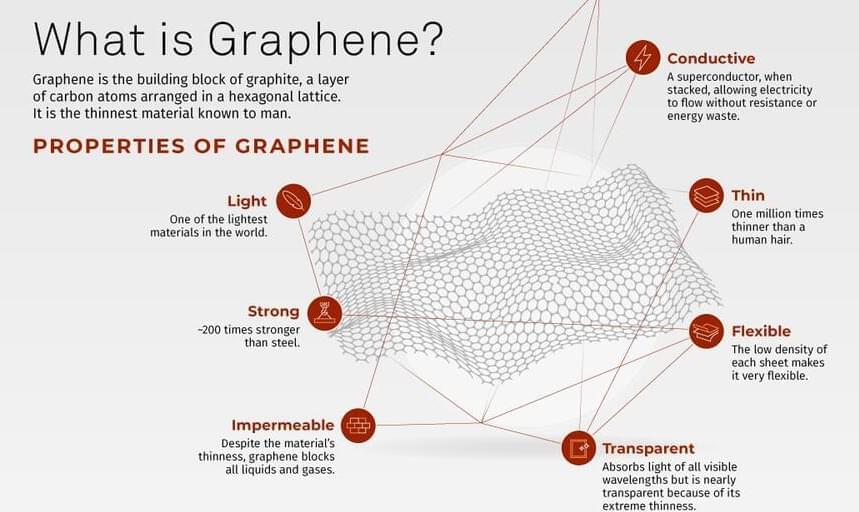
There is a new wonder material in town, and its name is graphene. Since it was first successfully isolated in 2004, graphene, with its honeycomb-like 2D structure and its wide gamut of interesting properties, has been keenly studied by material scientists.
This naturally transparent 1 millimeter thick lattice of carbon atoms has multiple applications and could even one day potentially solve the world’s water crisis.
The faith in the material is so strong that, according to numbers projected by Fortune Business Insights, its market value will be $2.8 billion in 2027.

For the first time ever, a manmade object has entered the Sun’s outer atmosphere, the corona, which inexplicably is thousands of times hotter than our star’s surface (or photosphere).
Researchers led by a team at the University of Michigan in Ann Arbor were able to predict where the Sun’s upper atmosphere began, and the probe was able to penetrate it for roughly five hours. The Parker probe was not only able to fly through the Sun’s atmosphere but was also able to sample particles and magnetic fields there, says NASA.
“Flying so close to the Sun, Parker Solar Probe now senses conditions in the magnetically dominated layer of the solar atmosphere — the corona — that we never could before,” Nour Raouafi, the Parker project scientist at the Johns Hopkins Applied Physics Laboratory in Laurel, Maryland, said in a statement. “We can actually see the spacecraft flying through coronal structures that can be observed during a total solar eclipse.”
On April 28, 2021, during its eighth flyby of the Sun, Parker Solar Probe encountered the specific magnetic and particle conditions some 8.1 million miles above the solar surface, NASA reports. That point, known as the Alfvén critical surface, marks the end of the solar atmosphere and beginning of the solar wind, says NASA.
The surface of the Sun is about 6,000 Celsius, Justin Kasper, the first author of a paper detailing the research in the journal Physical Review Letters, and a professor of climate and space sciences at the University of Michigan in Ann Arbor, told me. Above that, the temperature rises to more than a million degrees, he says.
Full Story:


Can information become a source of energy? Scientists from Simon Fraser University (SFU) in Canada devised an ultrafast engine that claims to operate on information, potentially opening up a groundbreaking new frontier in humanity’s search for new kinds of fuel. The study, published in Proceedings of the National Academy of Sciences (PNAS), describes how the researchers turned the movements of tiny particles into stored energy.
Practical demon-keeping
How would an information engine even work? The idea for such a contraption, which at first sounds like it would break the laws of physics, was first proposed by the Scottish scientist James Clerk Maxwell back in 1867. Colorfully named “Maxwell’s demon,” such a machine would theoretically achieve something akin to perpetual motion. Maxwell’s thought experiment was meant to show that it may be possible to violate the second law of thermodynamics, which basically states that the amount of entropy, or disorder, always increases.
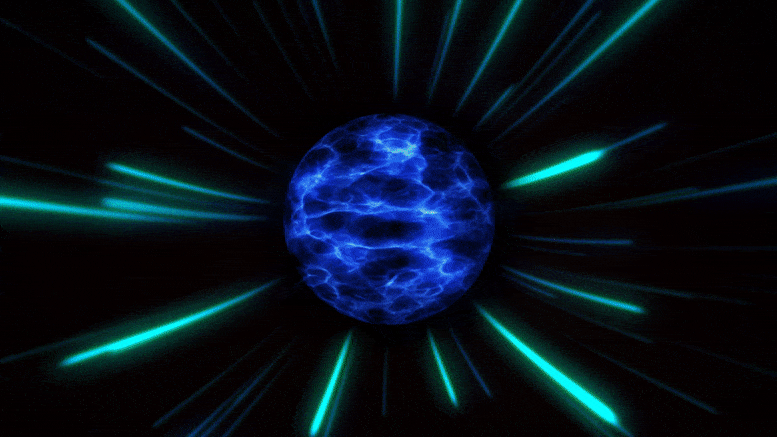
Nearly a century after Italian physicist Ettore Majorana laid the groundwork for the discovery that electrons could be divided into halves, researchers predict that split photons may also exist, according to a study from Dartmouth and SUNY Polytechnic Institute researchers.
The finding that the building blocks of light can exist in a previously-unimaginable split form advances the fundamental understanding of light and how it behaves.
The theoretical discovery of the split photon – known as a “Majorana boson” – was published in Physical Review Letters.